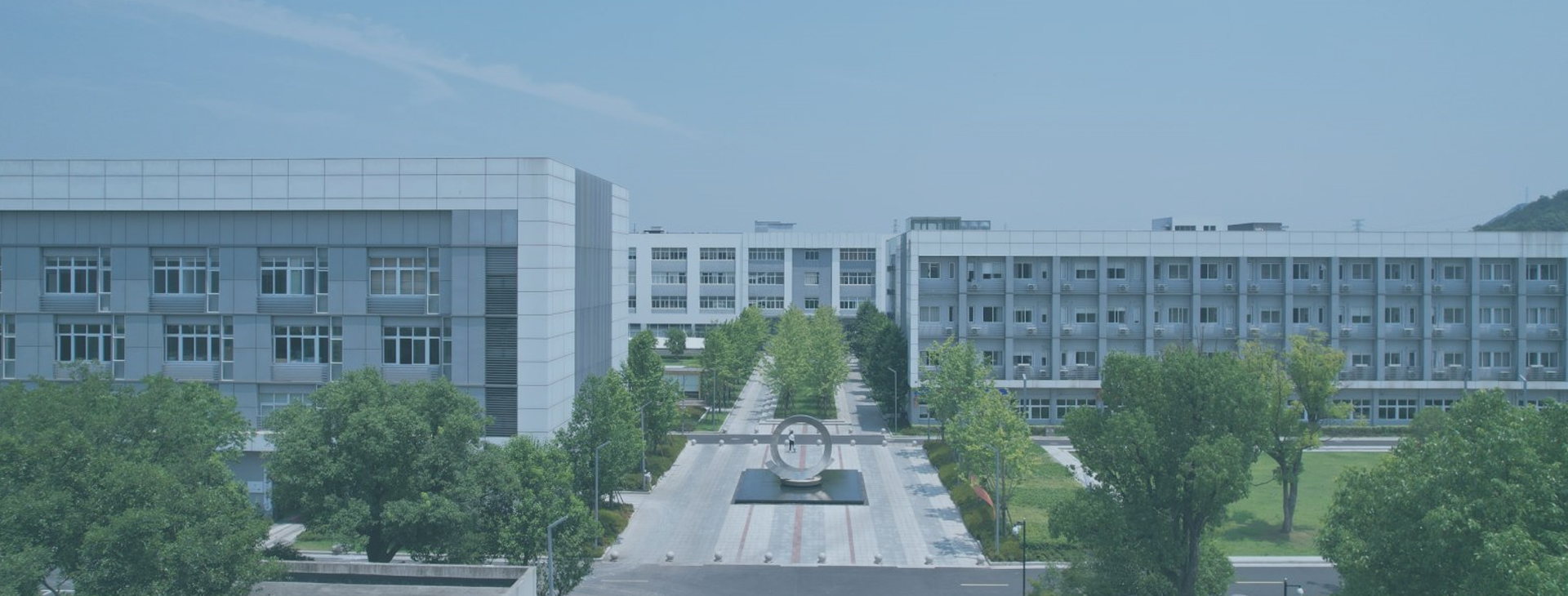Silicon carbide ceramics have excellent performance and are widely used in the semiconductor and pho
Silicon carbide ceramics have excellent performance and are widely used in the semiconductor and photovoltaic fields
Ceramics are divided into industrial ceramics and special ceramics. Special ceramics, also known as "advanced ceramics", "precision ceramics", and "high-performance ceramics", refer to ceramics with special mechanical, physical, or chemical properties. Special ceramics are made from inorganic non-metallic materials as the basic raw materials, mixed with other compounds in specific proportions, and prepared through processes such as molding and sintering. According to their different uses, special ceramics can be divided into structural ceramics and functional ceramics. Structural ceramics have characteristics such as high strength, high hardness, high temperature resistance, corrosion resistance, and oxidation resistance, making them suitable for harsh environmental or engineering application conditions. Their application areas include semiconductor equipment, wear-resistant machinery, national defense and military industry, aerospace, etc.
Common structural ceramic materials include silicon carbide, aluminum oxide, silicon nitride, etc. Among them, silicon carbide materials have extremely high elastic modulus, thermal conductivity, and low thermal expansion coefficient, making them less prone to bending stress deformation and thermal strain. They also have excellent polishability and can be machined to achieve excellent mirror finish. As a high-performance structural ceramic and high-temperature material, silicon carbide ceramics have been increasingly applied in fields such as nuclear power, wind power, lithium batteries, semiconductors, photovoltaics, etc. In 2022, the market size of silicon carbide structural ceramics in China is expected to reach 18.2 billion yuan. With further expansion of application fields and downstream growth needs, it is estimated that the market size of silicon carbide structural ceramics will reach 29.6 billion yuan by 2025.
- Prev:Introduction to the advantages of ceramic substrates
- Next:没有了!

